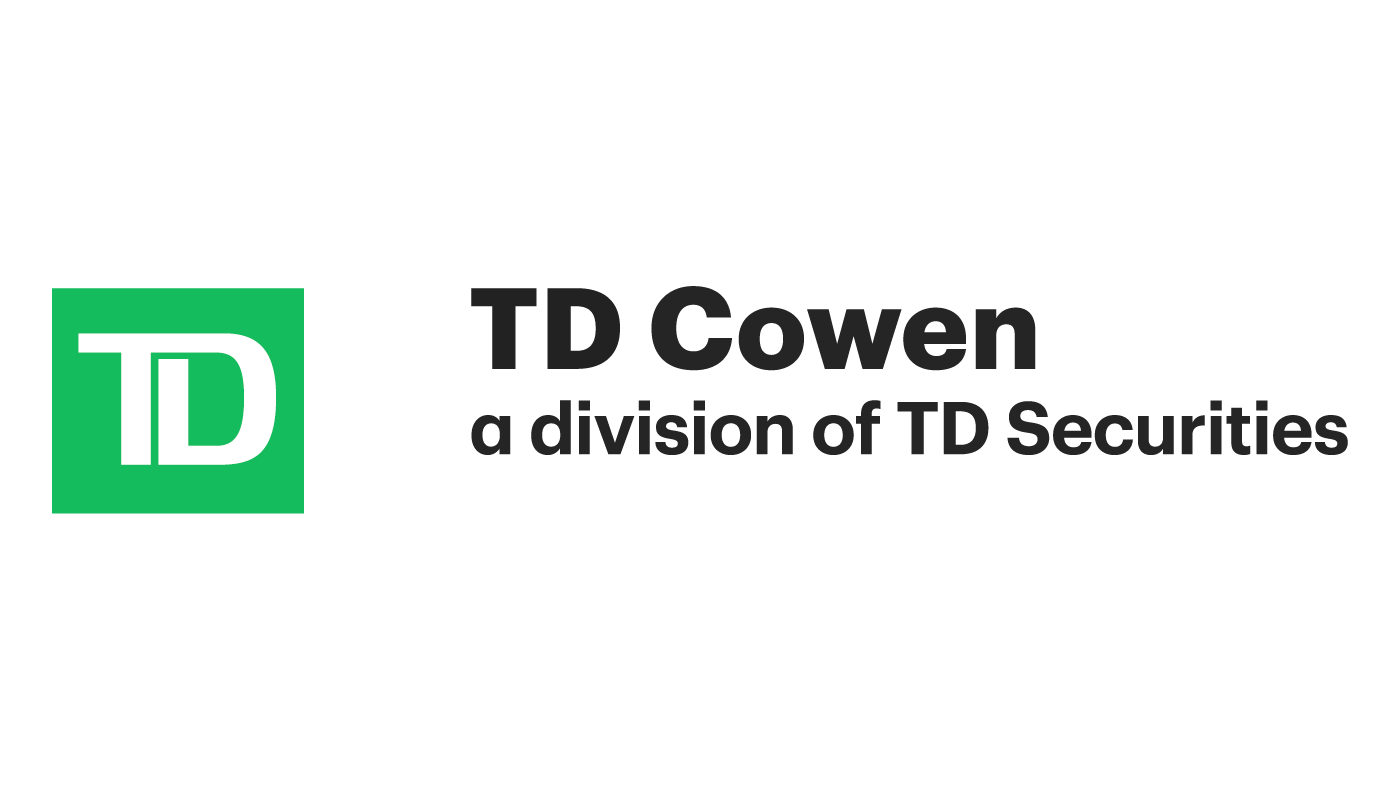
Catastrophe bonds and other private market risk-transfer tools are essential to help Europe’s agriculture sector manage mounting climate risks, according to Howden, as annual weather-related losses are expected to rise to €40 billion by 2050.The recommendation comes from a report published by the European Commission and European Investment Bank (EIB), featuring analysis and proposals by international broker Howden and Karlsruhe-based risk modelling firm RiskLayer GMBH.The study, titled ‘Insurance and Risk Management Tools for Agriculture in the EU’, finds that the EU agricultural sector currently suffers €28 billion in average annual losses from extreme weather, with farmers bearing 70–80% of all weather-related farm losses, highlighting a significant insurance protection gap, as just 20-30% of losses are insured, leaving farmers and public finances highly exposed.To close this protection gap, the report calls for the EU to scale up financial mechanisms including catastrophe bonds, reinsurance, and mutual risk pools.
These tools, the authors argue, would provide pre-arranged, rapid-response funding after climate disasters, easing the burden on government budgets and helping rural economies recover faster.At the same time, the report also highlights the critical role of parametric insurance in helping EU agriculture manage weather volatility.With faster payouts based on pre-set triggers like rainfall or temperature, parametric products can improve liquidity, reduce uncertainty, and complement traditional indemnity-based cover.
“While insurance protection can be improved at all levels, including within Member States, there is a need at EU level to support the financial response to catastrophic events.The recommendations include enabling EU institutions and Member States to access risk capital markets, including (re)insurance and catastrophe bonds, to supplement resources and times of crisis,” the report reads.Massimo Reina, CEO of Howden Re International, commented: “We are seeing growing interest from global reinsurers and capital markets to support EU agricultural resilience.
Innovative financial mechanisms like catastrophe bonds and risk pooling can provide farmers, governments and the EU with the tools that they need to attract significant private sector capital to share in the risks and help secure our food systems.” Luigi Sturani, CEO of Howden Europe, said: “Climate volatility is placing growing pressure on farmers and ultimately consumers.This report provides a clear call to action for EU agriculture and local governments to adapt.More robust forms of climate finance and establishing consistent risk quantification are essential to accelerating adaptation and ensuring future insurability of this essential sector.” The study also reveals the scale of potential losses.
Drought accounts for more than half of all agricultural losses, with Spain and Italy alone projected to face catastrophic-year losses of up to €20 billion.In Central and South-Eastern Europe, smaller economies could see agricultural shocks exceeding 3% of GDP in extreme years.Meanwhile, shifting climate patterns are expected to increase damage from frost, hail, and other volatile weather events.
EIB Vice-President Gelsomina Vigliotti added: “Climate-related risks are an increasing source of uncertainty for food production.Mitigating these risks through insurance and de-risking mechanisms is essential to support the investments of European farmers.The findings of this analysis will guide our future action as we step up support to bolster the resilience of the EU’s agricultural system.”.
All of our Artemis Live insurance-linked securities (ILS), catastrophe bonds and reinsurance can be accessed online.Our can be subscribed to using the typical podcast services providers, including Apple, Google, Spotify and more.
Publisher: Artemis








